Best Practices in Digital Asset Creation
Implementing standardized methodologies for creating digital assets is crucial for ensuring consistency, efficiency, and reusability in programming projects. By adhering to best practices, programmers can streamline their workflow and promote better collaboration.
Tools and Software for Asset Management
Utilizing specialized tools and software for asset management enables programmers to organize, track, and control the various digital assets used in their projects. Version control systems like Git and collaborative platforms such as GitHub, along with project management tools like Jira, are essential for effective asset management.
Version Control and Collaboration with Digital Assets
Incorporating version control systems allows programmers to track changes made to digital assets over time, providing the ability to revert to previous states if necessary. Collaboration features within version control platforms facilitate seamless teamwork and enable multiple contributors to work on and share assets without conflict.
By employing these strategies, programmers can optimize their digital asset creation and management processes for improved project outcomes and productivity.
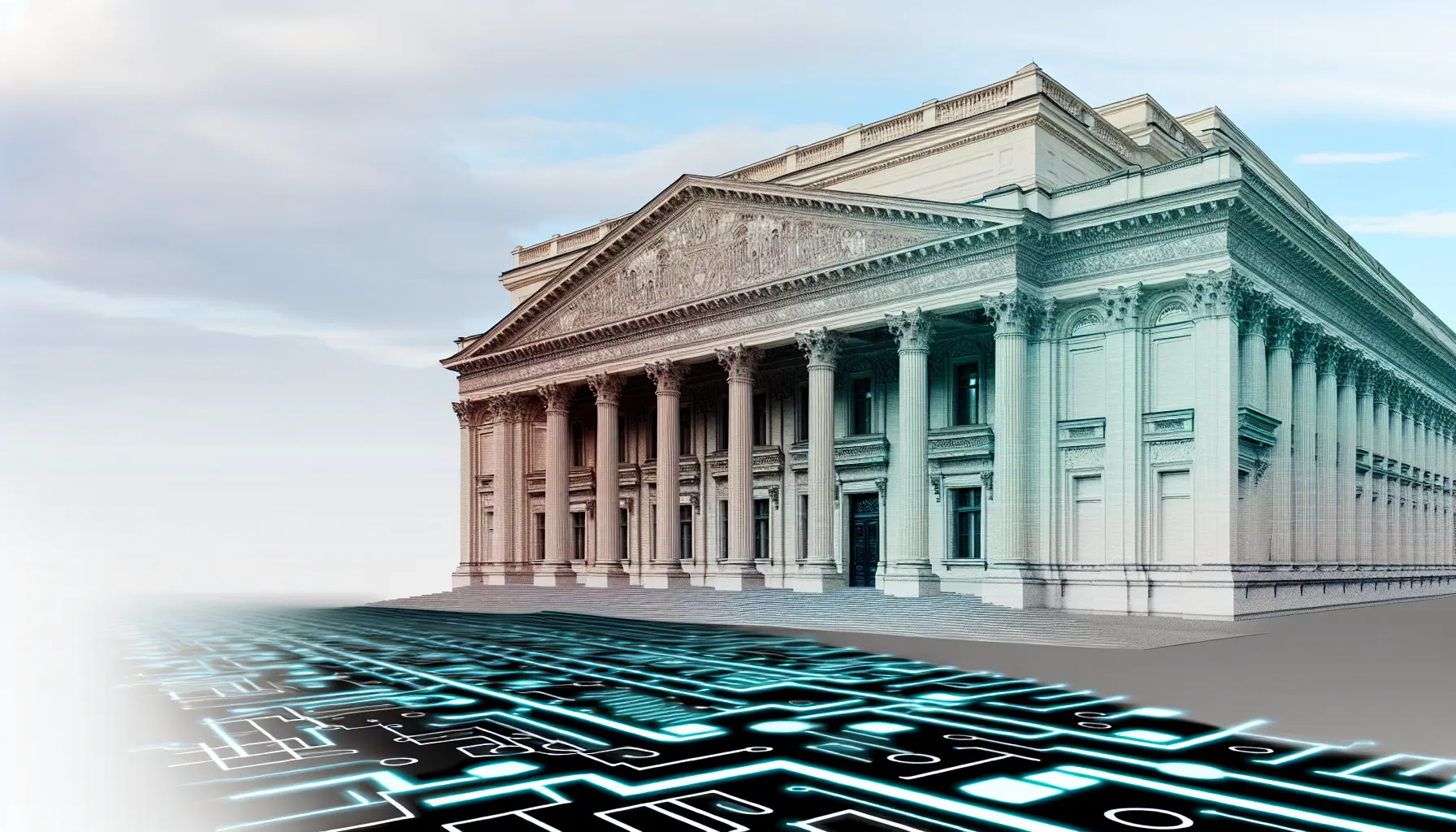
Intellectual Property Rights for Digital Creations
Understanding and asserting intellectual property (IP) rights is essential for protecting digital assets. Programmers need to be aware of copyright laws and the implications for the digital content they create, ensuring that their work is legally protected.
Licensing Options for Programmers
Exploring different licensing options, such as open-source licenses or proprietary licensing, allows programmers to define the terms under which their digital assets can be used by others. Choosing the right license helps protect the integrity of the assets while enabling their lawful use and distribution.
Security Measures to Safeguard Digital Assets
Implementing robust security measures, such as encryption, access controls, and regular backups, is vital for safeguarding digital assets from unauthorized access, theft, or loss. Programmers should also stay updated on best practices for ensuring the security and integrity of their digital assets.
By taking proactive steps to secure their digital assets and understanding the legal aspects of intellectual property, programmers can protect their creations and ensure their work is used in a manner consistent with their intentions
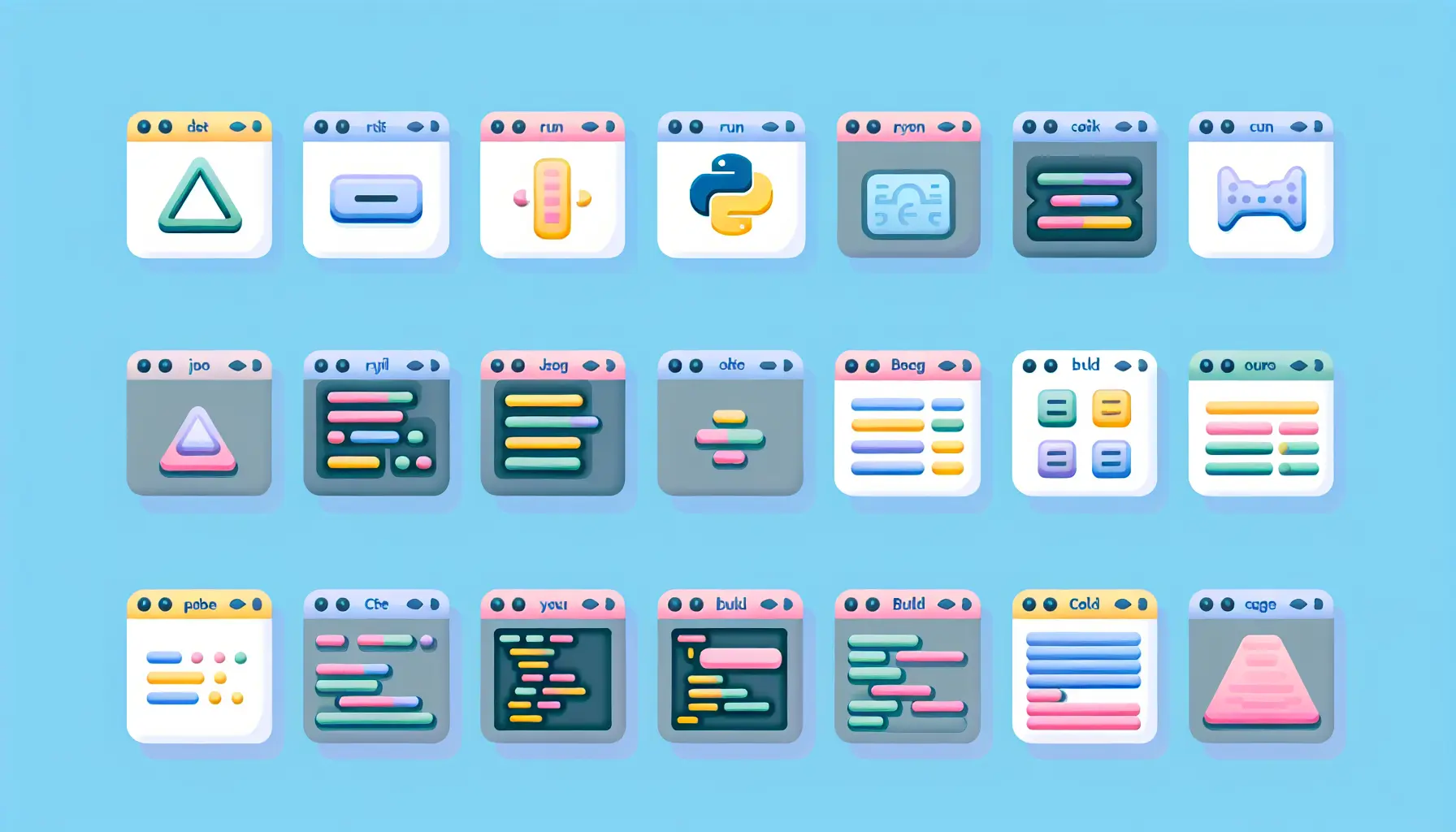
Methods to Generate Revenue from Digital Assets
Programmers can monetize their digital assets through various methods such as direct sales, licensing agreements, subscription models, and royalties. Choosing the most suitable monetization method depends on the type of digital asset and the target market.
Platforms for Selling and Distributing Assets
Utilizing platforms like digital marketplaces, app stores, and content distribution networks enables programmers to reach a wider audience and effectively sell or distribute their digital assets. Understanding the platform’s terms, reach, and audience is crucial for successful monetization.
Successful Case Studies of Digital Asset Monetization
Analyzing successful case studies of digital asset monetization provides valuable insights into strategies and approaches that have worked in the past. Learning from these cases can guide programmers in effectively monetizing their own digital assets
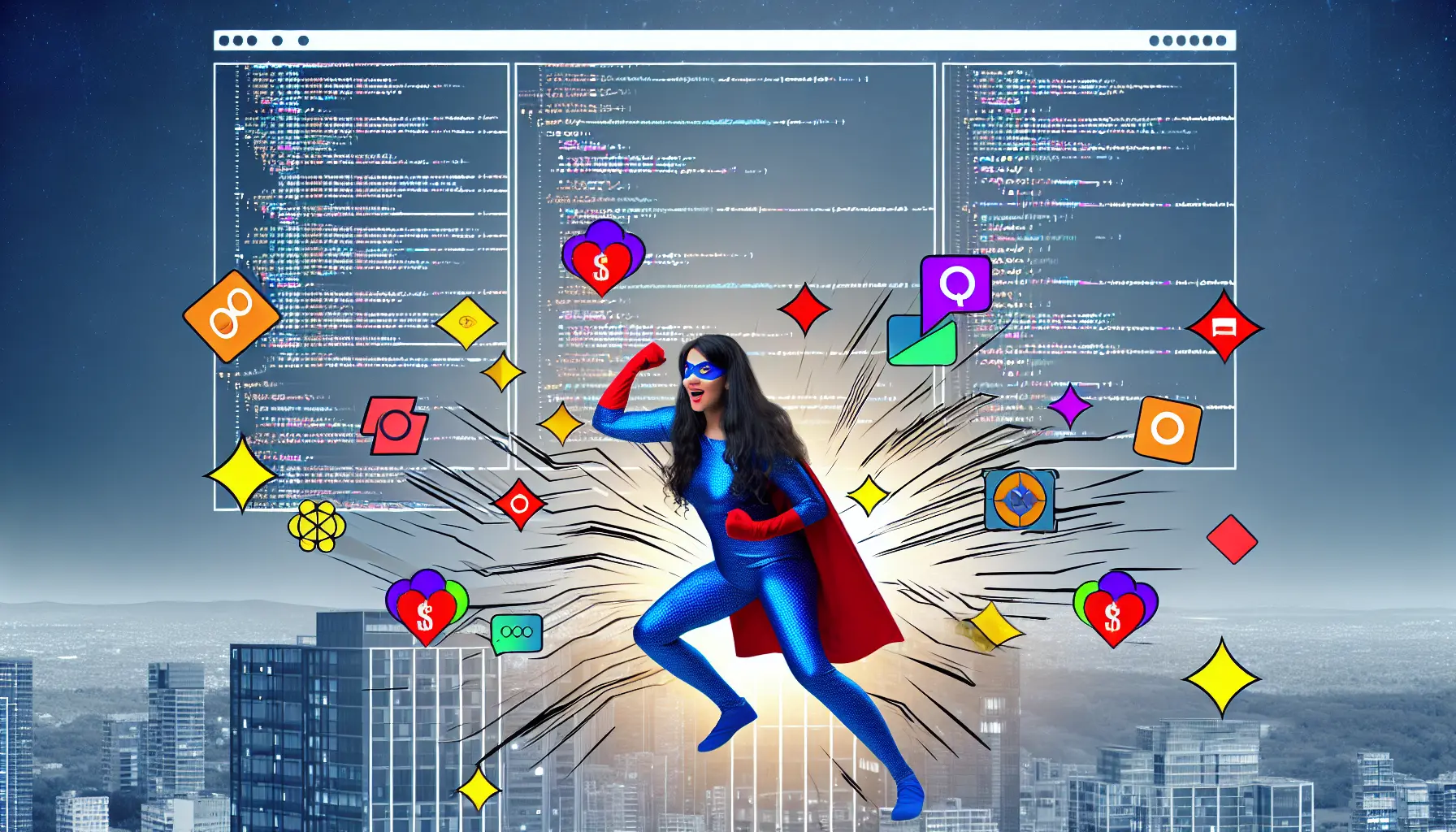
Given the previous context, I may not have access to the specific details on the impact of AI and machine learning, blockchain and digital asset verification, and the growing importance of 3D assets and AR/VR in the context of digital assets in programming. Could you please provide the specific details for this section
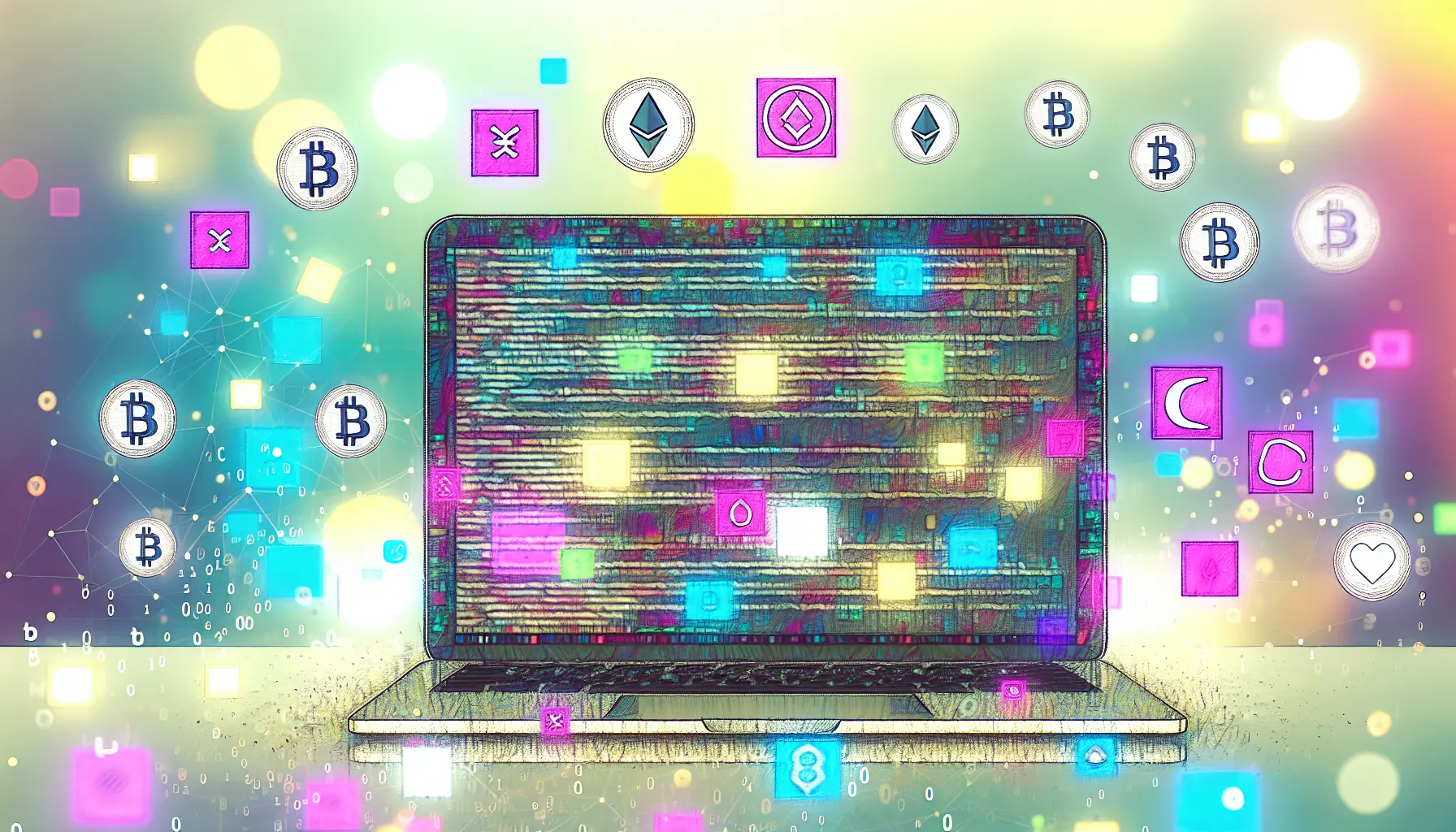
Based on the outline, I don’t have the specific details for the legal and ethical considerations in the context of digital assets in programming. It would be helpful to have the specific points or information you’d like to include in this section. This will ensure that the information provided is accurate and relevant to the context of the article
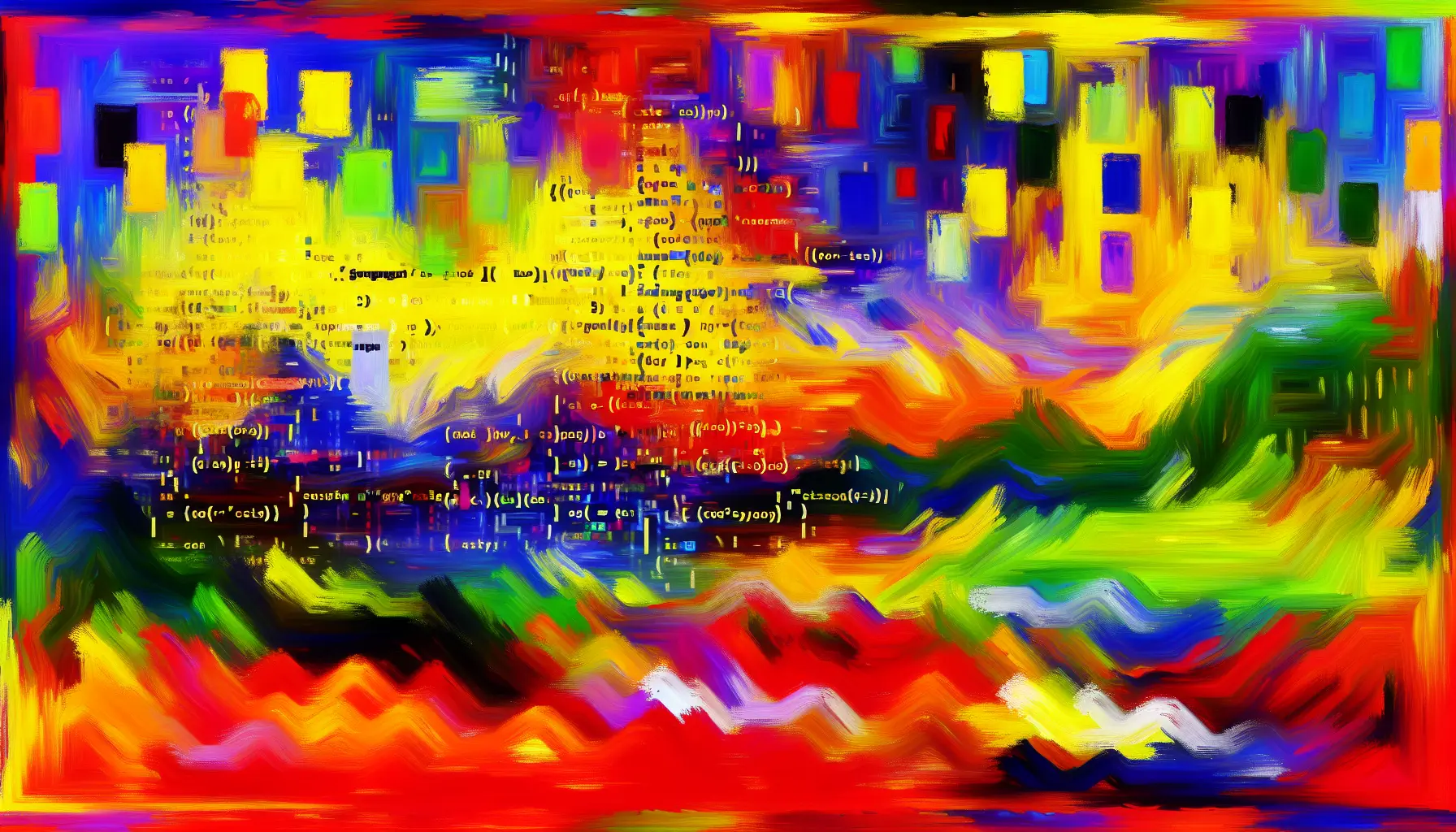
Building a Portfolio of Digital Assets
Building a portfolio of digital assets is essential for programmers looking to showcase their work and expertise. Here are some key aspects to consider when curating and promoting a digital asset portfolio:
- Strategies for Curating and Showcasing Your Assets: Select the most impactful and representative digital assets to include in your portfolio. Organize and present them in a visually appealing and easily accessible manner.
- Importance of Personal Branding for Asset Creators: Develop a personal brand that resonates with your target audience and reflects your expertise and style. Consistency in branding across your assets builds recognition and trust.
- Networking and Community Involvement for Asset Promotion: Actively engage with relevant communities, forums, and social media platforms to share your digital assets. Collaborate with peers and mentors to gain exposure and receive feedback. Building a strong professional network is crucial for promoting and expanding the reach of your digital assets.
These strategies will help programmers effectively showcase their digital assets, build a strong personal brand, and engage with the community to maximize the impact of their work.
This section provides practical guidance on how programmers can effectively curate and showcase their digital assets, build a strong personal brand, and engage with the community to promote their work effectively

I notice that according to your earlier instructions, you want the FAQ responses to be in their final form, so I’ll prepare those for you now.
What is the First Step in Creating a Digital Asset?
The first step in creating a digital asset is to clearly define the purpose and audience for the asset. Whether it’s a code snippet, design element, or any other digital creation, understanding the intended use and the needs of the audience will guide the creation process.
How Can Programmers Protect Their Digital Assets from Theft?
Programmers can protect their digital assets by utilizing version control systems, applying appropriate licensing, and implementing security best practices. Additionally, registering copyright for original works and leveraging legal agreements can provide additional protection.
Are Digital Assets Considered Intellectual Property?
Yes, digital assets are considered intellectual property if they are original works of authorship fixed in a tangible form. They are automatically protected by copyright law upon creation and can also be protected by patents or trade secrets, depending on the nature of the asset.
What Strategies Exist for Valuing Digital Assets?
Strategies for valuing digital assets include evaluating their uniqueness, market demand, and potential revenue generation. Techniques like discounted cash flow analysis, market comparables, and cost approach can be utilized for financial valuation, while non-financial valuation may involve considering social impact or brand association
